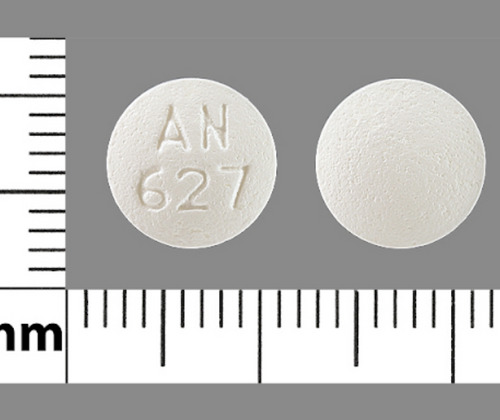Choosing recovery close to home means your support system is just a few miles away.
- 100% Confidential
- Available 24/7
- No Pressure to Commit
- Multiple Financial Options Available
Choosing recovery close to home means your support system is just a few miles away.

Sounds Like: TRAM.uh.dol
Classification: Synthetic Opioid
Controlled Substance Act Schedule: IV
Other names for Tramadol

Tramadol is a powerful prescription medicine used to treat moderate-to-severe pain. The drug is fully synthetic, with similar properties to other opioid agonists like codeine. That means tramadol sparks a physiological (physical) response when combined with opioid receptors in the body to reduce the amount of pain you might feel.
Tramadol is marketed and sold under the following trade names:
Tramadol is a schedule IV drug under the Controlled Substances Act (CSA), meaning it has a low potential for abuse. However, like any substance – especially opioids – tramadol presents the risk of developing tolerance and addiction. Research suggests that surgical patients taking tramadol have a higher risk of prolonged use than people receiving other common opioids.
Repeated use of tramadol can cause people to experience mental cravings to keep using the drug. They might experience physical withdrawal symptoms if they stop taking tramadol, another sign of dependence. As a result, people might continue taking tramadol to ease their withdrawal symptoms, which could expose them to severe opioid withdrawal symptoms, like weakened breathing or a fatal overdose.
Tramadol misuse could lead to addiction, or worse, death. Anyone experiencing mental cravings to use tramadol or physical withdrawal symptoms when they stop taking the drug might need to enter a medical detox program. There, medical professionals can help anyone dealing with opioid use disorder safely taper their bodies off the drug using medication-assisted therapy.
Need help with Tramadol or another drug addiction?
Call Landmark Recovery and speak with an admission specialist today.
Call NowWe're available 24/7 to help you find Recovery
In 1995, Tramadol became available in the United States as a non-controlled analgesic (pain reliever), under the trade name Ultram. It’s commonly used to treat moderate-to-severe pain in adults, whether the pain is present or prolonged.
Take Tramadol exactly as directed by your doctor or pharmacist.
Tramadol is normally taken by mouth in pill (tablet) form. Doctors prescribe tramadol as needed for pain relief, which usually starts within one hour of taking the tablets. Tramadol doses differ from patient to patient, depending on the strength of the medicine.
For chronic pain:
For moderate-to-severe pain:
Patients shouldn’t take more than 400 milligrams of tramadol per day. Taking more tramadol than recommended could cause seizures, even at recommended doses.

If any of these side effects become severe, immediately call a doctor.
Uncontrolled cravings for tramadol
Unsuccessful attempts to stop using the drug
Prioritizing use of tramadol over spending time with family or friends
Legal or financial problems
Use of tramadol despite adverse of negative behaviors
Stealing items or money to purchase tramadol
Lying to doctors and therapists to get more tramadol
Flu-like withdrawal symptoms when you stop taking tramadol
The U.S. Food and Drug Administration (FDA) added tramadol to its list of controlled substances in 2014
Over 150 people die every day from overdoses related to synthetic opioids like tramadol
Florida had the most synthetic opioid-related deaths in the United States in 2020